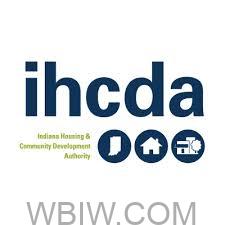
INDIANAPOLIS—Lt. Gov. Suzanne Crouch and the Indiana Housing and Community Development Authority (IHCDA) Board of Directors announced the recipients of the 2025 Low-Income Housing Tax Credit (LIHTC) program and Multifamily Bonds with the Indiana Affordable and Workforce Housing Tax Credit (AWHTC). These programs use federal and state tax credits and tax-exempt bond financing to incentivize private developers to fund the construction, acquisition, and rehabilitation of affordable housing communities throughout Indiana.
More than $20 million in 9% LIHTC was awarded to 16 developments to create or preserve 761 affordable units that will serve individuals, families, seniors, individuals with disabilities, and individuals experiencing homelessness.
IHCDA’s Board awarded nearly $6 million in 4% LIHTC, $66 million in tax-exempt bonds, and $6 million in AWHTC for five developments that will create or preserve 520 affordable units.

“These awards are a major investment in our state’s housing infrastructure,” said Lt. Gov. Crouch, Indiana’s Secretary of Agriculture and Rural Development. “The proposed developments will help meet the need to house our workforce and make housing more affordable in communities across Indiana.”
IHCDA received 37 LIHTC applications requesting 2025 9% LIHTC and 18 applications requesting 4% LIHTC, tax-exempt bonds, and AWHTC under the 2025 Qualified Allocation Plan (QAP) The QAP, which is unique to each participating state, details selection criteria and application requirements for the LIHTC program, Multifamily Bonds, AWHTC, HOME funds, Development Fund and the Housing Trust Fund. It also contains all deadlines, application fees, restrictions, standards, and requirements.
“IHCDA is proud that these awards impact communities across the entire state,” said Jacob Sipe, Executive Director of IHCDA. “Large cities and small towns alike will benefit from this partnership between the public sector and private developers. The tax credits awarded today will provide financing for affordable housing developments to create and preserve units that will remain affordable for at least 30 years.”
IHCDA incentivizes developments that will be in proximity and accessible to desirable facilities tailored to the needs of the tenants, including access to services, retail, healthcare, and transit. IHCDA prioritizes developments in communities with nearby access to employment, post-secondary education, and primary care.
For more information regarding the LIHTC program and 2025 funding, visit our website.



